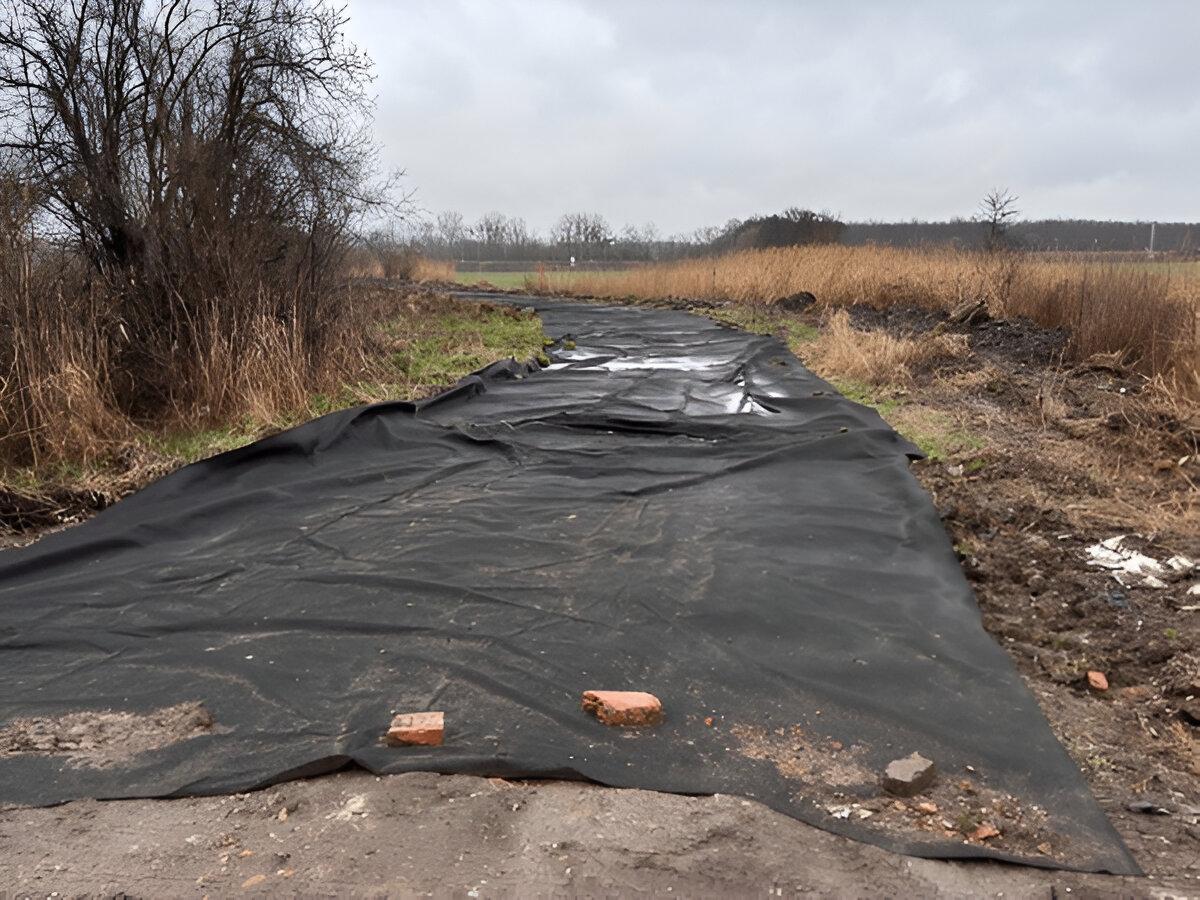Enhancing Ground Support with Soil Stabilization Fabric: A Durable Landscape Cover Solution

Soil erosion, water runoff, and weak subgrades are common challenges in construction, landscaping, and agricultural projects. One of the most efficient solutions to these issues is the use of soil stabilization fabric. Also known as geotextile fabric, this material offers a highly effective way to reinforce the soil, provide support, and promote long-term ground stability. When combined with a landscape cover, soil stabilization fabric becomes a powerful tool for maintaining both functionality and aesthetics in outdoor spaces.
In this comprehensive guide, we will delve into the types, benefits, applications, and installation of soil stabilization fabric. We will also explore how it complements landscape covers to enhance the durability and effectiveness of various ground support projects.
What is Soil Stabilization Fabric?
Soil stabilization fabric is a synthetic textile—usually made from polypropylene or polyester—used to improve soil strength and prevent erosion. These fabrics are engineered to perform under harsh environmental conditions and are permeable, allowing for water drainage while preventing soil displacement.
There are generally two types of soil stabilization fabrics:
-
Woven Geotextiles: Made by weaving synthetic fibers together, these are strong and have low permeability. They are ideal for heavy load-bearing areas like roads and driveways.
-
Non-Woven Geotextiles: Manufactured by bonding fibers through chemical, thermal, or mechanical processes. They are more permeable and better suited for drainage and filtration applications.
Benefits of Soil Stabilization Fabric
1. Erosion Control: One of the primary advantages of soil stabilization fabric is its ability to control erosion. By creating a barrier between soil and external elements, it minimizes the displacement caused by wind, water, or mechanical impact.
2. Load Distribution: In construction and landscaping, uneven load distribution can lead to cracks and sinking. Soil stabilization fabric evenly distributes weight across the surface, minimizing ground movement.
3. Drainage Enhancement: These fabrics are designed to allow water to pass through while retaining the soil. This dual capability helps in preventing waterlogging while maintaining soil integrity.
4. Weed Suppression: When used in conjunction with a landscape cover, soil stabilization fabric acts as an effective weed barrier. It eliminates the need for chemical weed control methods, promoting a healthier environment.
5. Long-Term Cost Efficiency: Though the upfront cost may seem high, the longevity and durability of soil stabilization fabric reduce the need for frequent repairs and maintenance, offering excellent ROI over time.
Applications of Soil Stabilization Fabric
1. Road Construction: Used beneath asphalt or gravel, soil stabilization fabric improves road durability and reduces maintenance frequency. It prevents mixing of the aggregate base with the subgrade, extending the life of the road.
2. Driveways and Pathways: Homeowners and contractors use it to stabilize gravel driveways and walkways. It helps in preventing potholes and sinking areas, maintaining a smooth and even surface.
3. Landscaping Projects: In landscaping, the combination of soil stabilization fabric and landscape cover can keep mulch, stones, and soil in place while allowing proper water filtration and root growth.
4. Retaining Walls: When installed behind retaining walls, geotextiles offer added support and drainage control, helping to reduce hydrostatic pressure and increase wall stability.
5. Agricultural Fields: Soil stabilization fabric helps in improving drainage and preventing erosion in large-scale farming applications, particularly in sloped or water-prone areas.
Soil Stabilization Fabric and Landscape Cover: The Perfect Pair
The integration of soil stabilization fabric with a landscape cover enhances both the functional and aesthetic aspects of your project. A landscape cover made of organic mulch, decorative stones, or synthetic materials can be laid over the fabric to:
-
Improve appearance by hiding the fabric layer
-
Protect the fabric from UV degradation
-
Enhance erosion control and moisture retention
-
Provide an extra barrier against weeds
This pairing is especially effective in gardens, parks, and residential yards, where visual appeal is just as important as structural stability.
Installation Guidelines for Soil Stabilization Fabric
Proper installation is crucial for maximizing the benefits of soil stabilization fabric. Here’s a basic step-by-step process:
-
Site Preparation: Clear the area of debris, vegetation, and large stones.
-
Excavation: Grade the area to the required level and depth.
-
Laying the Fabric: Unroll the fabric flat across the area, overlapping sections by at least 6–12 inches.
-
Securing the Fabric: Use landscape staples or pins to hold the fabric in place, especially around the edges.
-
Adding Base Material: Apply gravel, sand, or soil over the fabric as required for your project.
-
Final Layer: Cover with a landscape cover like mulch, stones, or turf for added protection and visual appeal.
Choosing the Right Soil Stabilization Fabric
Several factors influence the choice of soil stabilization fabric:
-
Project type: Heavy-duty woven fabrics for construction; non-woven for drainage or light landscaping.
-
Soil conditions: Consider soil composition and water flow patterns.
-
Expected load: Ensure the fabric can handle the anticipated traffic and weight.
-
UV resistance: For projects with fabric exposure to sunlight, opt for UV-resistant materials.
Consulting with a supplier or construction expert can help you make an informed decision tailored to your needs.
Final Thoughts
Soil stabilization fabric is a reliable, multipurpose solution that supports soil structure, prevents erosion, and enhances drainage in a wide range of applications. When used in conjunction with a quality landscape cover, it offers the ideal combination of function and form, making it a smart investment for both commercial and residential projects.
Whether you're building a driveway, managing a construction site, or beautifying a backyard, soil stabilization fabric can provide the long-term ground support and visual appeal you're aiming for. Explore the many possibilities it offers and elevate your next project with stability and style.
- Art
- Causes
- Crafts
- Dance
- Drinks
- Film
- Fitness
- Food
- Giochi
- Gardening
- Health
- Home
- Literature
- Musica
- Networking
- Altre informazioni
- Party
- Religion
- Shopping
- Sports
- Theater
- Wellness


